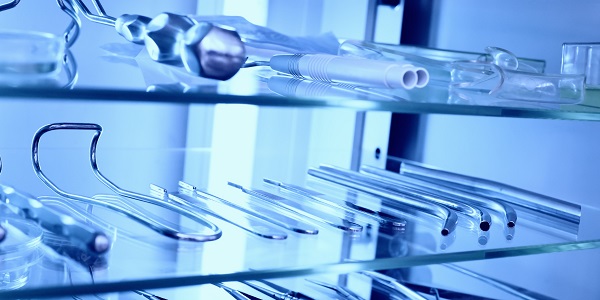Updating the standards on microbiological methods for sterilization

Series of standards for methods used for validation and routine control of sterilization in development
The portfolio of standards for validation and routine control of sterilization are key horizontal standards. It is important that the content of these standards are regularly reviewed and kept current. Within this portfolio, the series of standards on microbiological methods are at various stages of being updated. These methods are referenced normatively by the standards for validation and routine control of each method of sterilization. The series currently comprises two parts of EN ISO 11737Sterilization of health care products – Microbiological methods:
- Part 1: Determination of a population of microorganisms on products; and,
- Part 2: Tests of sterility performed in the definition, validation and maintenance of a sterilization process.
The third edition of EN ISO 11737-1 was published in 2018. It replaces the second edition from 2006 and incorporates the Technical Corrigendum issued in 2007. The changes from the previous edition include:
- Introducing the term “bioburden spikes” as a feature of bioburden data and provides examples;
- Clarifying that package testing is not typically performed unless the package is an integral part of the product;
- Providing more information on the most probable number (MPN) technique and its applications;
- Giving details of ways to improve the limit of detection and correct use of the data;
- Adding a table with criteria for selection of an approach to estimating the efficiency of bioburden recovery and explaining the use of the correction factor;
- Providing more information on the application and performance of a suitability test for a bioburden method;
- Introducing rules for direct plate counts, estimated counts and counts beyond the ideal range;
- Adding clarification on where typical responsibilities reside for the manufacturer or an external laboratory.
A new edition of EN ISO 11737-2 on tests of sterility is at the final stages of balloting. This will become the third edition and will replaces the 2009 edition. Some changes parallel those incorporated in EN ISO 11737-1. Others include adding requirements that:
- the interval between the manufacturing the device and sterilizing it reflects routine processing timelines; and,
- product remains immersed in the culture media;
In addition, guidance has been added on:
- controlling the environment for performing tests of sterility;
- identifying the microorganism when microbial growth is detected in a test of sterility;
- demonstrating ongoing method suitability periodically to ensure that an accumulation of minor changes has not occurred over time.
In addition, new work has started to prepare EN ISO 11737-3 on bacterial endotoxin testing. This will specify general criteria for determination of bacterial endotoxins on or in raw materials, components or health care products. It applies to use of bacterial endotoxin test methods with amebocyte lysate reagents from Limulus polyphemus or Tachypleus tridentatus. It is not applicable to the evaluation of pyrogens other than bacterial endotoxin and does not include other endotoxin detection methodologies, such as, monocyte activation and recombinant Factor C.
If you manufacture sterile medical devices, you should keep up-to-date with the developments in the portfolio of sterilization standards. You need to review the changes and see if they affect your current practices.
Author: Eamonn Hoxey, of E V Hoxey Ltd, UK, is a writer, trainer and consultant on a range of life science areas including regulatory compliance, quality management, sterility assurance and standards development
Request more information today for a call back from a member of our sales team so that you can get a better understanding of how Compliance Navigator can meet your needs.
The Compliance Navigator blog is issued for information only. It does not constitute an official or agreed position of BSI Standards Ltd or of the BSI Notified Body. The views expressed are entirely those of the authors.

